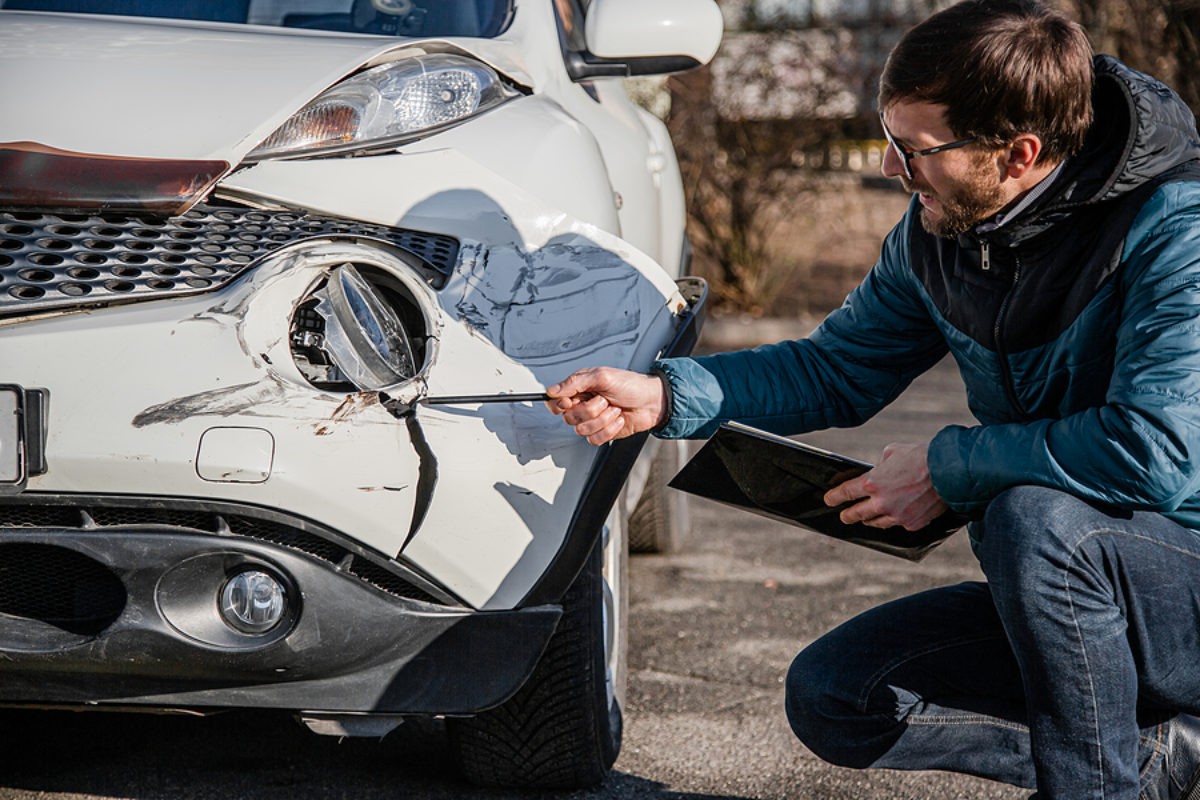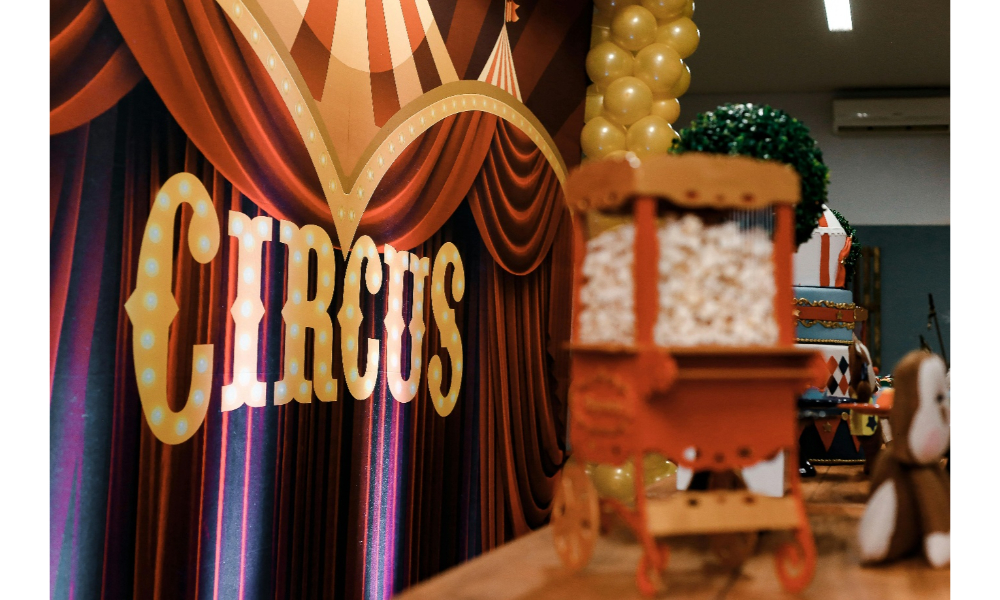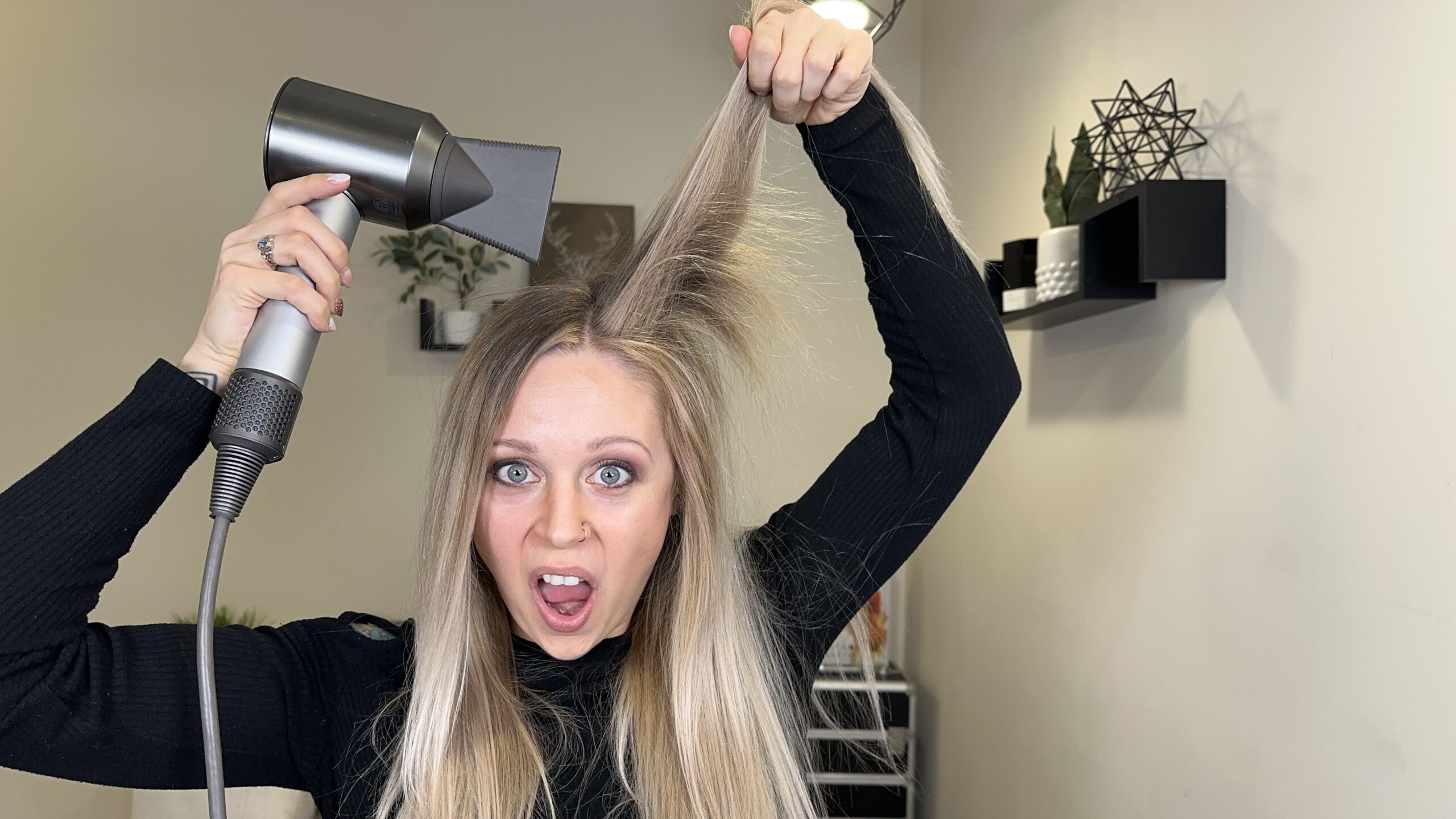
Cars cover guard painting and repair are two of the most common procedures performed in any body and paint shop. In addition, the guard serve a variety of aerodynamic and safety purposes; They are one of the most important parts because they absorb mechanical pressure and impacts. At the moment, bumpers or guard on cars’ front and back sides have a larger surface area. The size of the guard part and the kind of finish—textured, similar to the colour of the bodywork—will encourage the painting process to be carried out. Because it is a plastic part, painting a bumper requires careful consideration of several aspects to ensure that it is repaired correctly. Some of the factors that will influence the part’s painting and treatment are its elasticity, mechanical stress, adhesion, and chemical resistance.
Repairing the Bumper –
There are several best places to get your bumper fixed. Always follow the instructions for specific processes and products used in plastic paint work, such as textured paint, adhesion promoters, and plastic putties, which have been developed by a high-quality paint manufacturer to get the best results. You can choose bumper repair near me in your locality and get the best repair people. Depending on the severity of the damage, professionals may encounter a variety of scenarios when painting or repairing the bumper. As a result, the larger flaws necessitate replacing the bumper as a whole with a brand-new bumper. The painting and the preparation will be distinct in this scenario.
Primer Precoating –
Nowadays, the vast majority of automobile manufacturers offer replacement plastic parts treated with a primer, or pre-intermediate coat. On the other hand, it’s possible that the new part won’t have this primer precoating, which will help the painting process. It will be necessary to apply an adhesion primer or promoter that improves the coating of subsequent coats. A thorough assessment of the damage’s extent is essential when selecting the appropriate type of repair. You won’t need to use adhesives or weld plastic in the circumstances described above. Because it is damage to the surface, this has no effect on the part’s structure. For better management of the repair, one of the best practices for bumper repair will be to mark all of the errors, defects, or mistakes that are found.
Cleaning the Surface –
You ought to also be able to determine the types of plastic that the portion or the portion of the bumper is made of because this will make use of its ability to stick to some paints. Search the code for the kind of plastic that should be on the inside of the bumper part to accomplish this. This is a very important part because it won’t be necessary to apply an adhesion promoter before or after the filler if the plastic matches the adhesive well. In addition to all of that, thorough surface cleaning is essential. You can clean the surface with soap and water after blowing it with an air gun. After that, you can thoroughly de-grease with a powerful plastic degreaser to remove any adhered surface substance. Sanding the edges is also crucial. To prepare the area for the application of plastic putty, you can sand the edges of the damage with sandpaper and a sanding sponge. You can also clean and blow with an air gun by removing the sanding debris and cleaning the surface again thoroughly.








